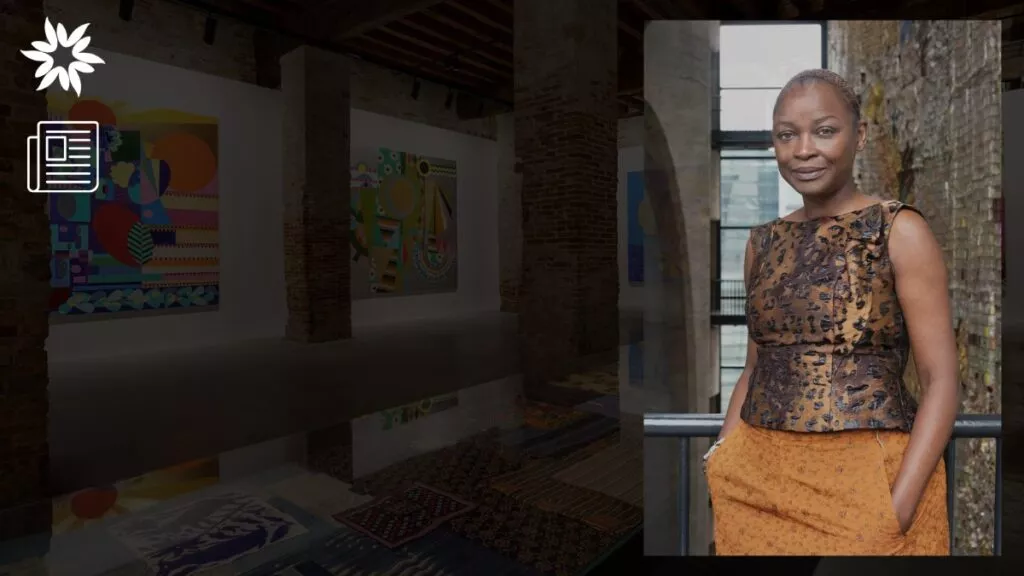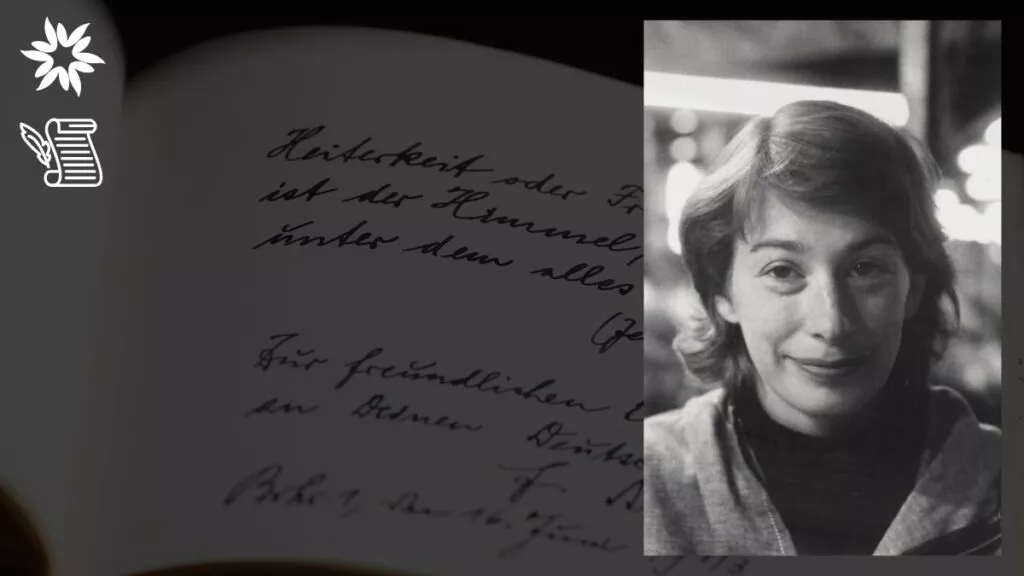Ever wondered why so many ancient Egyptian statues have broken noses?
This common question arises from the frequent observation that these artifacts — especially those in the Brooklyn Museum — often lack nasal features due to religious beliefs, intentional vandalism, and practical vulnerability.
Learn more about this practice right here!
Key Takeaways
- Ancient Egyptian statues often have broken noses, a trend more common than in statues from other eras or regions.
- Damage to these statues was historically significant, often intended to neutralize the spiritual power they were believed to hold.
- Various factors over centuries, from tomb raiders to religious reformers, targeted these statues to diminish their ritualistic importance.
What Happened to the Noses of Egyptian Statues?
One of the things people often notice about ancient Egyptian stone statues, especially those seen at the Brooklyn Museum and around the world, is that many are missing their noses.
This happens much more with these statues than with those from other places and times, like ancient China.
Some of this damage might be because the noses stick out and can easily get worn down or broken by accident. But the way these noses are often missing makes it seem like someone might have done it on purpose.
Historical and Archaeological Insights into the Damage of Statues
The missing noses are not merely the result of modern-day looting, as ongoing archaeological discoveries of in situ statues confirm that this damage was inflicted centuries ago.
Ancient Egyptians believed that souls or spirits could inhabit statues, a concept supported by inscriptions found in the Dendera Temple complex.
For instance, one inscription reads: “Osiris . . . comes as a spirit . . . He sees his mysterious form depicted in its place, his figure engraved on the wall; he enters into his mysterious form, alights on his image.” Such beliefs underscored the statues’ roles as living conduits for interaction with deities.
Statues weren’t only vessels for gods but also for deceased individuals, treated as living beings within tombs and temples, complete with offerings.
Damaging these statues was considered a grave concern, possibly even a crime, during pharaonic times. A decree from the First Intermediate Period explicitly curses those who would harm such statues, highlighting the severe implications of this act.
The Role of Ancient Looters and Christian Zealots in Statue Mutilation
Ancient looters targeted the statues within tombs, often attacking the most critical features, like the eyes and noses, to prevent spiritual retaliation.
This tactic was thought to sever the connection with the living by stopping the statues from “breathing.”
Over time, with the advent of Christianity in the 4th and 5th centuries, the focus shifted towards eradicating the old gods’ influence.
Figures like Saint Shenoute and Saint Augustine advocated for the destruction of these “idols” to prove the supremacy of Christian belief, often resulting in targeted destruction.
Comparative Analysis of Damaged Statues: Djehuti vs. Amunhotep
A comparison of two statues in the Brooklyn Museum, both acquired in the 1820s, illustrates selective targeting based on physical features.
The statue of Djehuti lacks its entire head, possibly due to its smoother, hairless back, which makes it easier to decapitate.
Conversely, the statue of Amunhotep retains its noseless face. However, it still features a thick, heavy hairstyle that extends to his shoulders, presenting a more challenging task for those wishing to “kill” the statue by removing its head.
This exploration highlights the complex interplay of religious beliefs, political motives, and practical considerations in treating ancient Egyptian statues, providing a deeper understanding of why so many exhibit missing noses.








